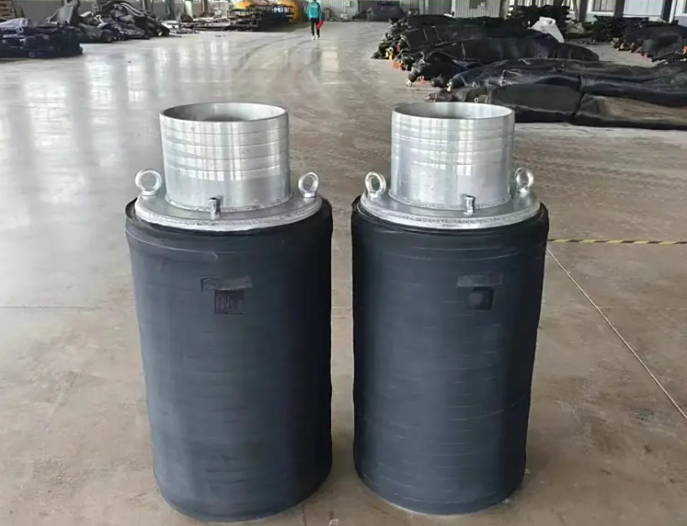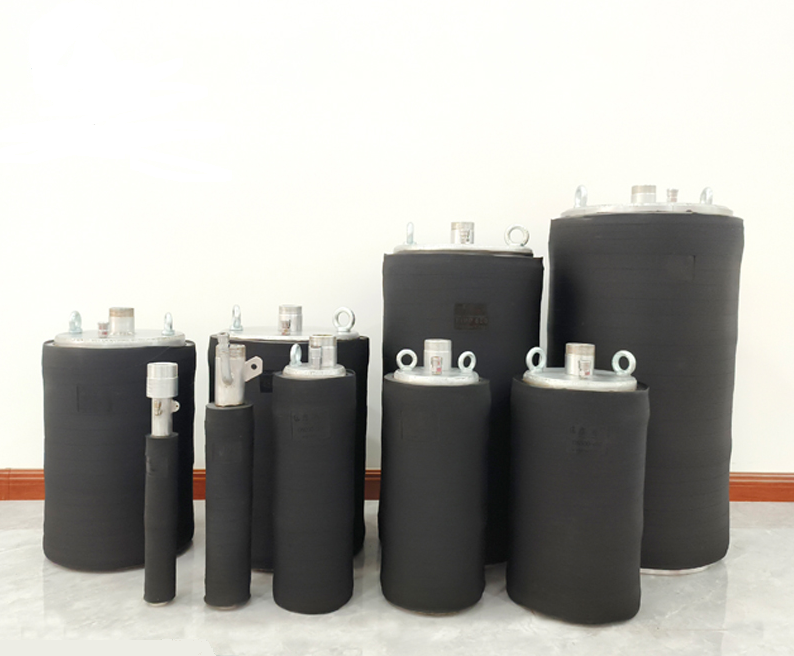Inflatable pipe plugs are essential tools for a wide range of applications, including pipeline testing, maintenance, repair, and flow diversion. Their effectiveness, however, is entirely dependent on correct installation and usage. Improper handling can lead to failure, damage to the pipeline, or even safety hazards.
This definitive guide provides step-by-step instructions on how to safely and effectively install and use an inflatable pipe plug, ensuring a secure seal for your project.

Step-by-Step Guide to Installation and Use
1. Pre-Installation: Safety and Inspection (The Most Critical Step)
Before you even touch the pipe, thorough preparation is key.
Safety First: Wear appropriate Personal Protective Equipment (PPE) including safety glasses, gloves, and steel-toed boots. Ensure the work area is well-ventilated, especially when working in manholes or confined spaces.
Pipe Inspection: Carefully inspect the host pipe. The internal surface must be clean, smooth, and free of:
Sharp debris, rocks, or protruding objects that could puncture the plug.
Corrosion, weld beads, or irregularities that could prevent a proper seal.
Measure the internal diameter of the pipe accurately to confirm you are using the correct plug size.
Plug Inspection: Unroll or unfold the plug in a clean area. Check for any signs of damage:
Cuts, punctures, or abrasions on the elastomer skin.
Damaged or leaking valves, hoses, or fittings.
Never use a damaged plug. Even a small defect can lead to catastrophic failure under pressure.
2. Proper Installation
Lubrication: Apply a water-soluble lubricant to both the inside of the pipe and the entire surface of the deflated plug. This reduces friction during insertion and removal, preventing damage and roll-up.
Insertion: Gently feed the deflated plug into the pipe. Be careful not to drag it across the ground or sharp edges. For longer distances, use a guide rope or push poles. Center the plug precisely at the desired location.
Positioning: Ensure the plug is straight and not twisted within the pipe. The inflation hose should be easily accessible.
3. Inflation and Pressurization
Connect the Pump: Attach your inflation pump (manual or powered) to the plug’s valve. Ensure all connections are secure.
Slow and Steady Inflation: Begin inflating slowly and evenly. Never use an oxygen tank or combustible gas.
For Air: A regulated air compressor or a manual hand pump is ideal.
For Water: A water pump or even a garden hose connected to a tap can be used for low-pressure applications.
Monitor Pressure: Use an in-line pressure gauge to monitor the inflation pressure continuously. This is non-negotiable.
Stop at Recommended PSI: Inflate only to the manufacturer's Recommended Operating Pressure (ROP). Never exceed the Maximum Allowable Pressure (MAP) stated on the plug's tag. Over-inflation is the most common cause of plug failure and can be extremely dangerous.
Check the Seal: Once inflated, observe the plug from the open end of the pipe to ensure it is seated correctly and has formed a uniform seal around the entire circumference.
4. During the Blockage
Monitor Constantly: Do not leave an inflated plug unattended. Periodically check the pressure gauge to ensure it remains stable. A pressure drop indicates a potential leak or seal failure.
Minimize Surge Pressure: Avoid creating sudden water hammer or pressure surges downstream, as this can displace the plug.
5. Deflation and Removal
Slow Deflation: Open the release valve slowly and allow the pressure to decrease gradually. Rapid deflation can cause the plug to "shoot" out of the pipe, damaging itself and potentially causing injury.
Gentle Removal: Once fully deflated and soft, gently pull the plug out of the pipe using its retrieval rope or strap. Avoid dragging it over rough surfaces.
Post-Use Inspection and Cleaning: Immediately after removal, clean the plug thoroughly with water and a mild soap. Allow it to dry completely before inspecting it again for any damage incurred during use. Store it rolled or folded in a cool, dry place away from direct sunlight and ozone sources.
